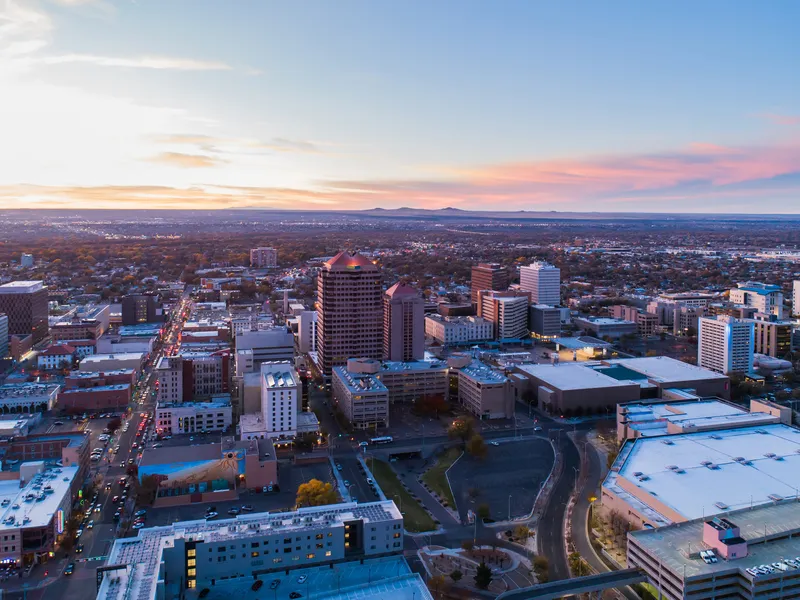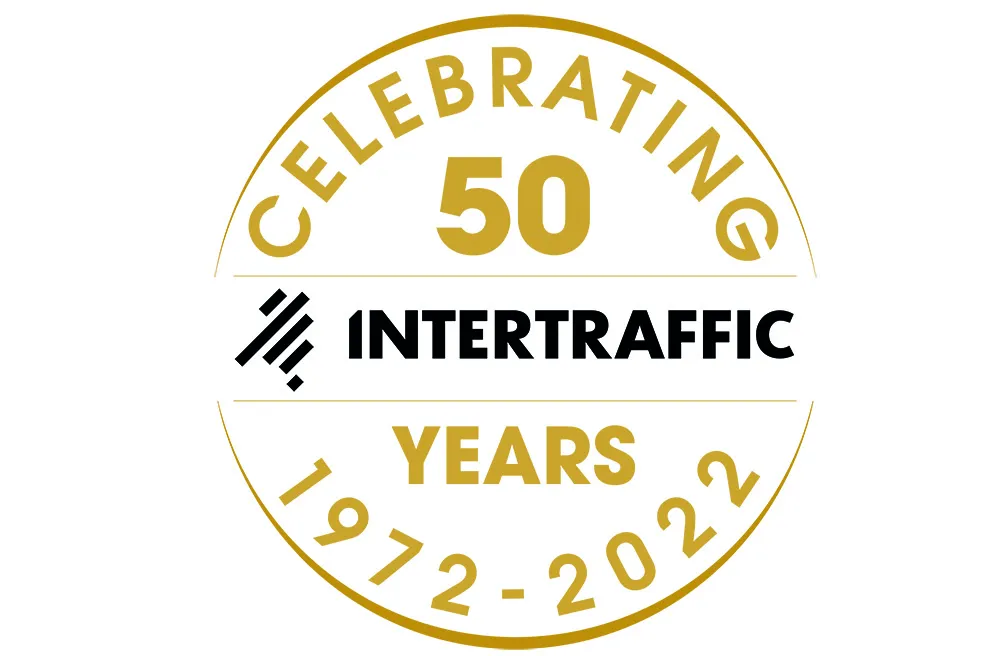
The New Mexico city of Albuquerque is to place an air quality monitoring trailer in the San Jose neighbourhood following community concerns over pollution from nearby industry.
The City of Albuquerque Government says the trailer expands the current pollutant monitoring network from five to six stations throughout Albuquerque-Bernalillo County.
Albuquerque mayor Tim Keller says: “Albuquerque is fortunate to have good air quality especially for a city our size, but not all neighbourhoods benefit the same. Historically underserved neighbourhoods like San Jose can be disproportionately impacted. With this mobile air monitoring station, we’re bringing equity to environmental justice and public health.”
The monitoring trailer can be parked in different neighbourhoods to collect localised air quality data to better understand the specific pollutants the area may be experiencing. It must be parked in a chosen location for a minimum of 12 months but used up to three years to collect accurate data and any seasonal variations.
The trailer is also expected to monitor 75 hazardous air pollutants including, volatile organic compounds.
Mara Elana Burstein, environmental health deputy director at the city of Albuquerque, says: “Capturing air quality data at the neighbourhood level will provide us valuable insight to better understand public health concerns. The Air Quality Program is enthusiastically looking for ways to innovatively engage with the community and begin to equitably address environmental justice.”
Deanna Marie Barela, San Jose Neighbourhood Association president, says: “This monitoring system has given us hope that will shed light to the harmful effects that polluted air can cause in a community as well as open an extension to other communication to better the neighbourhood of San Jose and to ensure that this community is not left behind.”
The trailer was unveiled by the City of Albuquerque Environmental Health Department and will be parked at the East San Jose Pool.

Environmental Health Dept [left to right] Richard Carrion (environmental health specialist II), Dwyane Salisbury (environmental health manager), Mara Elana Burstein (deputy director of environmental health) and Christella Armijo (environmental health scientist)









